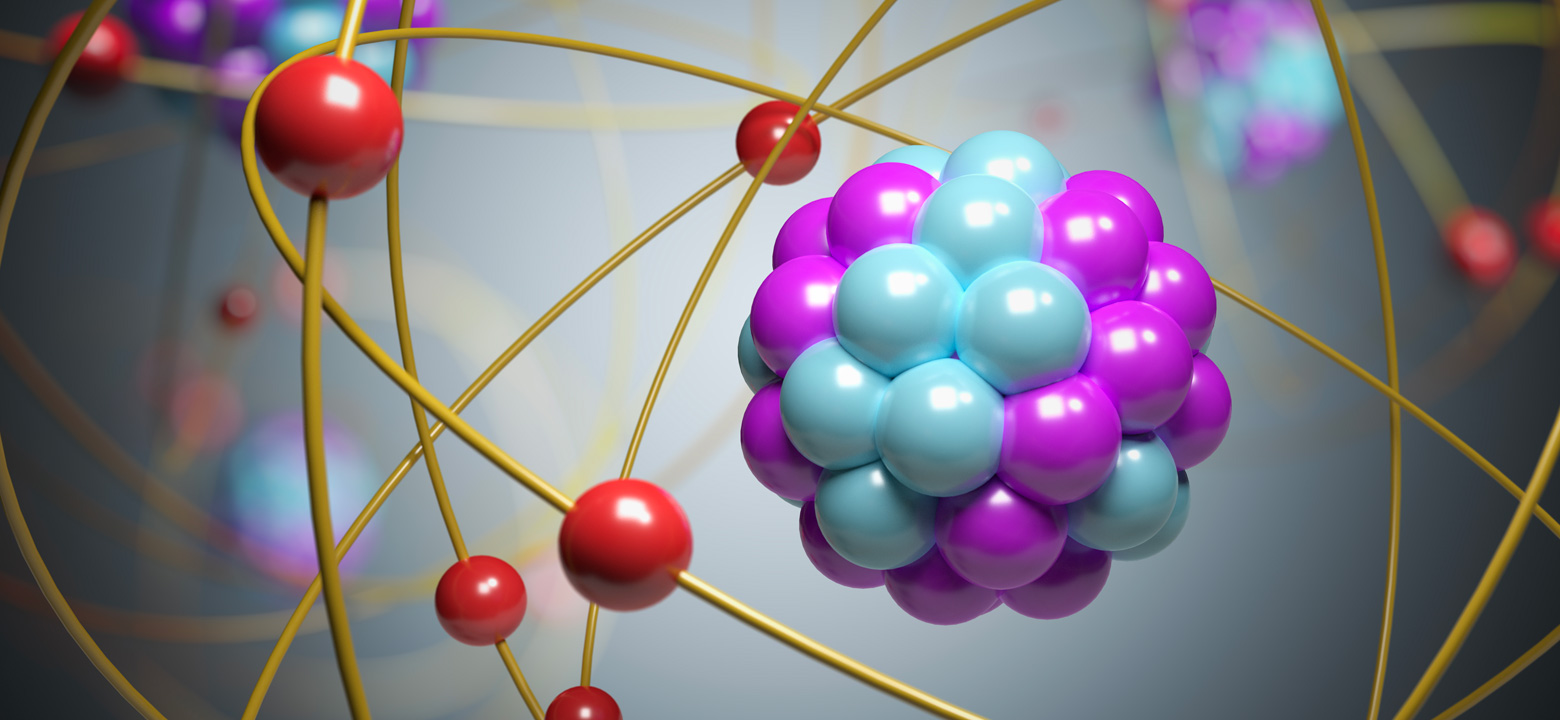
The Big Bang Theory is good for more than just laughs—it's full of legitimate science. David Saltzberg, a particle physicist, has a lot of input when it comes to the concepts that show up on the show. Thanks to him, the characters not only entertain their diverse viewership, they teach them, too. Here's just some of the real science that has appeared on The Big Bang Theory:
In the first episode of season seven, Raj tries to chat up a member of the university's human resources department. During this conversation, he drops the fact that penguins are often unfaithful to their mates. Despite this, they're still considered “monogamous.” This raises some interesting questions about the definition of monogamy, and just how useful it really is to define animal relationships in human terms.
Nomenclature is the bane of many a student's existence, especially when it comes to chemistry. Many terms sound similar, or are based on archaic terms that no longer seem to make sense. In season four, episode 13, Dr. Amy Fowler points out that the elements from cerium to lutetium on the periodic table are correctly called lanthanoids, not lanthanides. In chemical nomenclature, the suffix “ide” typically refers to a single atom anion—a negatively charged ion. For this reason, the International Union of Pure and Applied Chemistry prefers the term lanthanoid over lanthanide, though lanthanide is still widely used.
How many people do you know who prefer to keep their bread fresh by putting it in the fridge? Unfortunately for their grocery budget, that actually has the opposite effect. In season three, episode six, Sheldon tells Penny about the mechanism by which bread goes stale. As it turns out, bread doesn't go stale because it dries out, it's actually due to the starch molecules crystallizing. Cool temperatures encourage moisture to migrate out of starch granules, allowing the starch to crystallize and give bread a hard, unpleasant texture. The cooler the surrounding temperature, the more quickly this migration and crystallization happen. So, while the fridge might help keep mold at bay, it won't do your bread's texture any favors.
In season five, episode 21, Sheldon and Leonard co-author a physics research paper about superfluid vacuum theory. Superfluidity occurs in certain helium isotopes when they are cooled to below −150 °C(−238 °F). Beyond that, it mostly exists as a hypothetical property of some exotic states of matter that have yet to be studied. The superfluid vacuum theory holds that a physical vacuum behaves like a superfluid—a fluid with no viscosity, which allows it to flow without losing any kinetic energy to friction. This idea is regarded as a fringe theory by the majority of scientists, and Sheldon and Leonard soon find themselves at the mercy of an online troll. That troll? The late Stephen Hawking.
The theory of quantum brain dynamics comes up in several episodes, including season three, episode 11. This hypothesizes that, since quantum theory is the most fundamental theory of matter that we currently have, it may explain just how our brains create consciousness. Some approaches to this idea treat consciousness as an electromagnetic phenomenon that arises uniquely in organic brain tissue. An organic brain is a large, complex system, so it's pretty asymmetrical. This lack of symmetry yields more quantum particles called bosons, which may be involved in how we store and retrieve memories. A robotic brain wouldn't be able to replicate the way our brains work, and therefore wouldn't be able to exhibit consciousness the same way we do.
It's hard to overestimate the value of learning through entertainment. Even if physics class was never someone's forte, watching the hard sciences presented in an everyday fashion makes them easier to absorb. From cheating penguins, to stale bread, to robotic brains, The Big Bang Theory treats real scientific concepts in a funny, engaging way.